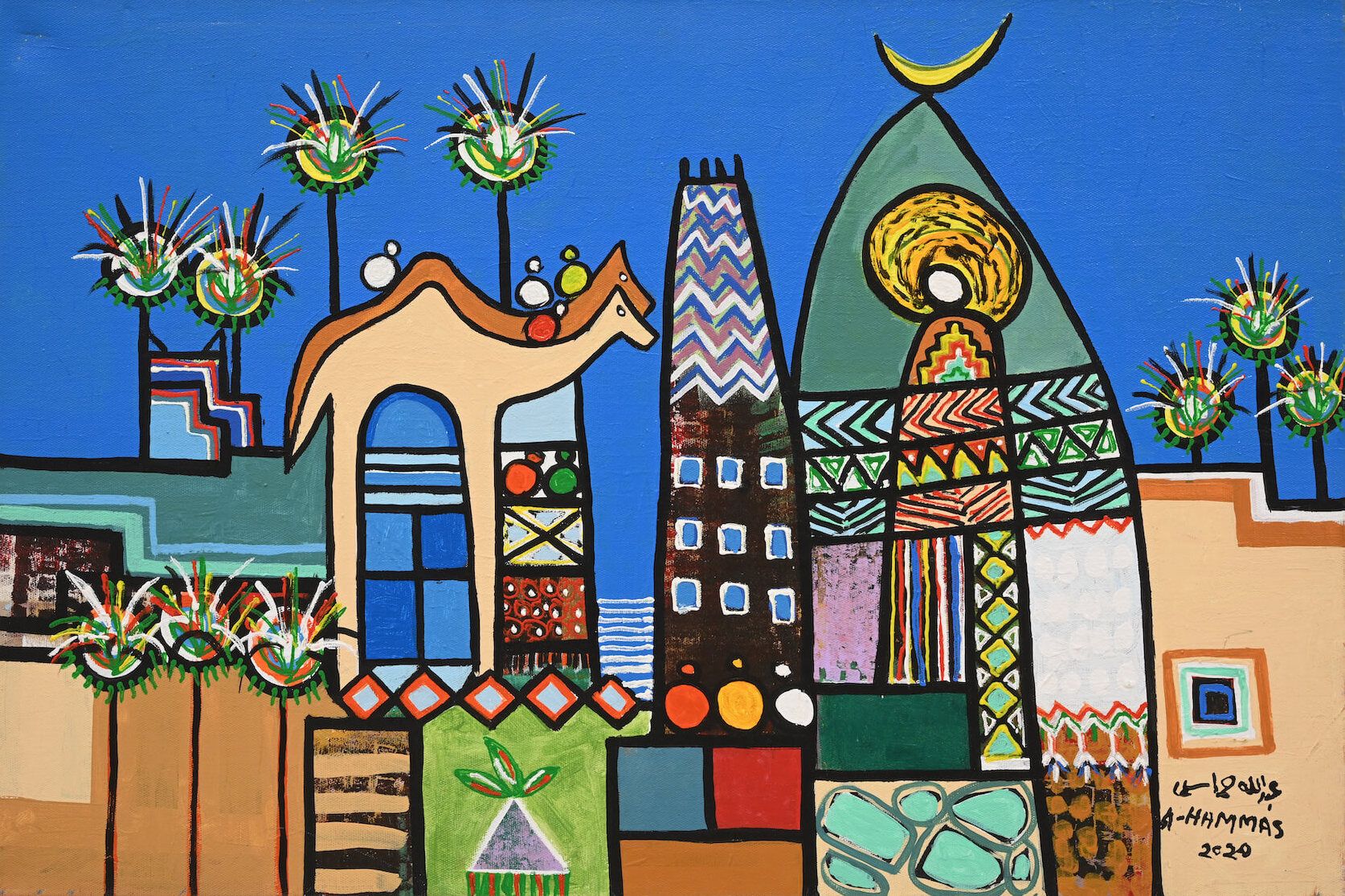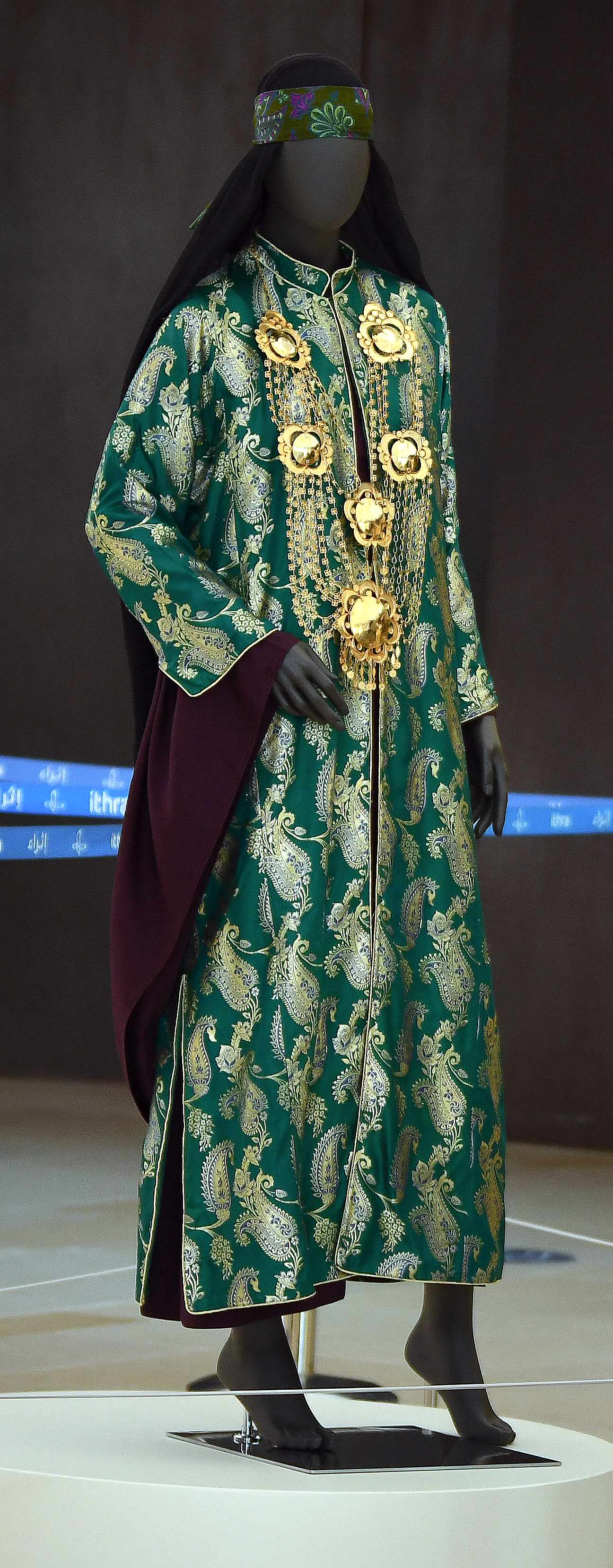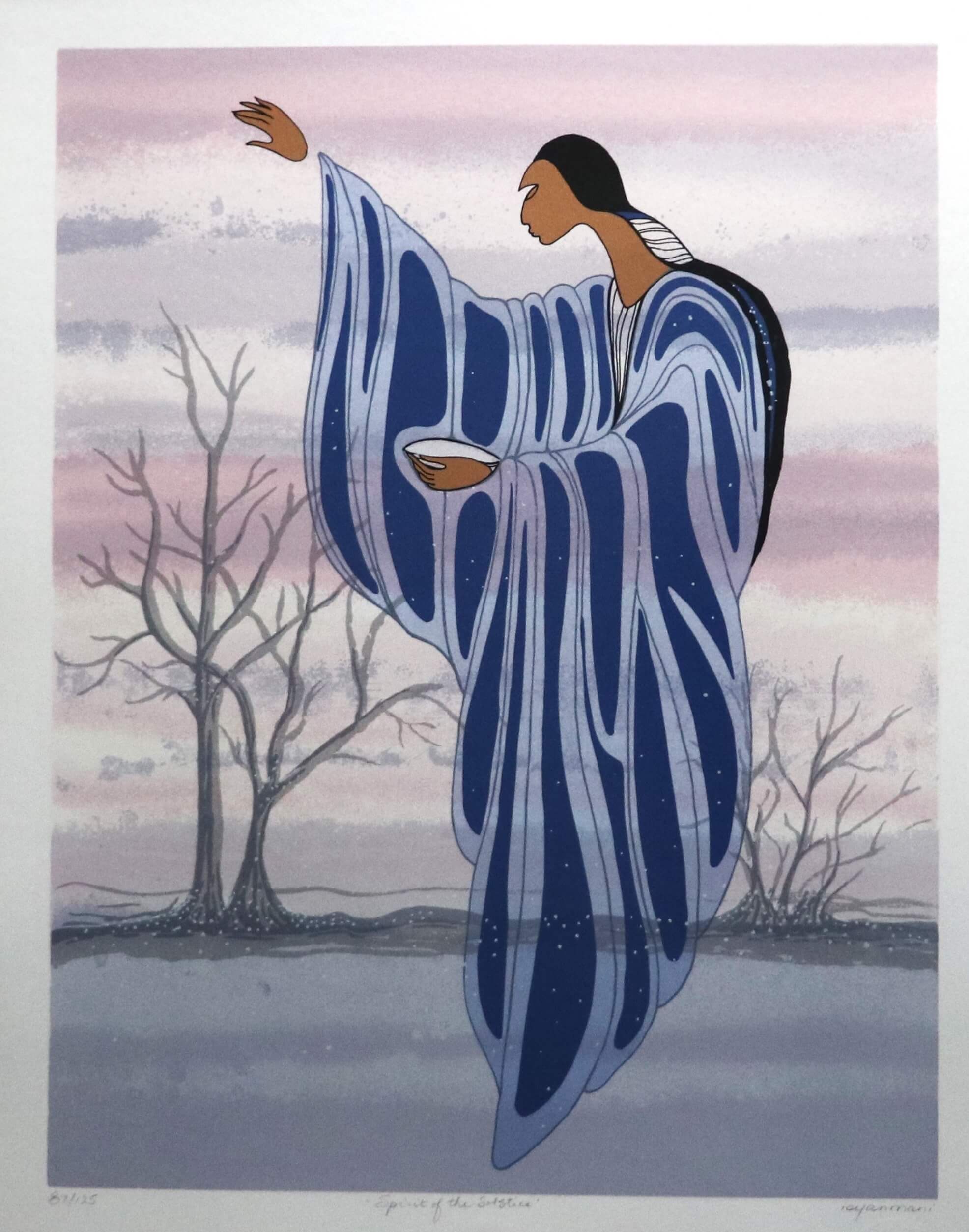A legacy of light and color
Wilho Sjöström, Summer Evening, 1912. Photo courtesy of the Finnish National Gallery, Hannu Pakarinen.

Claude Monet, Les Glaçons, 1880. Photo - Musée d’Orsay, Dist. RMN-Grand Palais Patrice Schmidt.
Color, light, shadow, and nature’s little dances and songs, such as the rustling twirlings of the leaves and the rhythmic ripples of water, are just some of the things we see every day and take for granted. But for artists who see the world differently, these are all sources of inspiration that create new forms of expression and creativity.
In honor of one of the most important artistic movements, the Ateneum Art Museum is holding the remarkable ‘Colour & Light – The Legacy of Impressionism’ exhibition, which explores the profound influence of Impressionism on Finnish art. Spanning the years 1860 to 1916, the exhibition features masterpieces by renowned artists such as Edgar Degas, Claude Monet, Camille Pissarro, Auguste Renoir, and Paul Signac. These iconic works vividly illustrate the transformative impact of leading Impressionist and Neo-Impressionist figures on artists who went on to shape Finnish Colourism, such as Magnus Enckell, Alfred William Finch, Ellen Thesleff and Tyko Sallinen. A wonderful exploration of an important artistic interplay and influences, the major exhibition includes almost 150 paintings, drawings, prints, and sculptures, revealing a lesser-known period in the country’s art history.
Paris was the modern artistic hub in the 1860s, and this exhibition skillfully charts how Finnish artists flocked to the French capital and encountered Impressionism at the turn of the century. These ‘impressionistic’ encounters came to influence and reshape the art of Finland in the 1910s, inspiring new stylistic forms and subjects onto the Finnish canvases.
Colour & Light – The Legacy of Impressionism is curated by Marja Sakari (Museum Director) and AnnaMaria von Bonsdorff (Chief Curator), with involvement from world-leading Impressionism expert Professor Anthea Callen. It will showcase loans from Musée D’Orsay, the Clark Art Institute, and Ateneum's own collection.
It is the first time that Ithraeyat has showcased art from this movement, and a great honor to debut such important pieces from the impressionist era. Ithraeyat also has the honor to interview the masterminds - the two curators who worked on this exhibition - and have them take us on a colorful journey of the past and present.

Paul Signac, Antibes (undated). Finnish National Gallery Ateneum Art Museum, Antell collection. Photo Finnish National Gallery Jenni Nurminen.
Impressionism is indeed relevant still today, especially because it is perhaps the most beloved art movement in the past. It interests people also because of the very high prices of the works in the art market. Impressionism was one of the first art movements to be marketed by galleries like Durand-Ruel worldwide. The wealthy Americans and Russians started to buy it at the end of the 19th and beginning of the 20th century.
Impressionism is also the first modern art form that emphasized the very means of painting, namely the effects of color and light. The subject itself was not so important, as Monet put it around 1890: "When you go out to paint, try to forget what object you have before you, a tree, a house, a field or whatever. Merely think, here is a little square of blue, here an oblong of pink, here a streak of yellow, and paint it just as it looks to you, the exact color and shape until it gives your own naïve impression of the scene before you."
So, impressionism was really a radical art form when we compare it to the precious movements like realism and naturalism. It was preceded by open-air painting, which paved the way for the ideas of painting on canvas the pure impression and optical facts of the seen. Impressionism made it possible for upcoming art movements like fauvism, cubism, and expressionism, as it freed painting from the mere likeness of what you saw or the mimetic function of art.

Ellen Thesleff, Decorative Landscape, 1910. Photo - Finnish National Gallery, Yehia Eweis.
The story behind our exhibition Colour & Light is based on the history of Finnish art and the impact that Ateneum, as the main art museum in Finland, had on it.
In fact, the Nordic countries never directly followed the impressionist movement. It was considered too superficial and frivolous to the tastes of the end of 19th-century artists and art critics. Of course, the artists noticed that something was happening and changing the style of painting, but it was only in the first decade of the 20th century that the artists in Finland began to paint with brighter colors.
So, our exhibition is tracing the different factors and influences that led to this new period of Finnish art. We are showing Finnish artists juxtaposed with French impressionists, neo-impressionists, and other international artists.
And that was due more to the influence of the Neo-Impressionist movement. In Finland, we had one influential artist, the British-Belgian Alfred William Finch, who had moved to Porvoo, a little town near Helsinki, to run a factory to produce ceramics and furniture, as he was also a brilliant ceramic artist. Nevertheless, he had started his career as a pointillist painter and was one of the founders of the avant-garde group Les XX, founded in 1883, which promoted new ideas in art.
After the Iris factory was closed in 1902, Finch returned to his original art form, namely neo-impressionist painting. With Finnish artist Magnus Enckell, they started to plan an exhibition of French and Belgian impressionism and neo-impressionism, which took place in the Ateneum in 1904.
Part of the artworks were sent to the exhibition by the Durand-Ruel gallery; partly, the artists were old friends of Finch from his time as a member of Les XX. The exhibition was crucial to promoting new ideas in Finland and one of the leading forces to make the change in the artists’ minds. Other factors were needed as well, like two architects, Gustaf Strengell and Sigurd Frosterus, who were writing theoretical articles about new colorful trends in the art. So many influences were needed to change the palette of Finnish artists, and there was a period of approximately ten years from 1906 to 1916 when almost every artist in Finland changed their colors to bright tones.

Auguste Renoir, Chemin montant dans les hautes herbes, around 1875. Photo - Musée d’Orsay, Dist. RMN-Grand Palais, Patrice Schmidt
The main themes in impressionist art were mostly from the cities; the new industrial scenes with smoke coming out of the chimneys or trains, but also leisure time at parks and seashores. Also, portraits were still done, but in an impressionist twist, the main focus was on the painting process itself.
We have chosen seven different themes for our exhibition: The Garden, Winter, The Rural Landscape, Sea, Beach Life, Nudes, and Urban Life. The point of the paintings was not to solve any political or social issues but to concentrate on the canvas and the visible, colorful brushstrokes on it.
Probably the most famous work of impressionist painting is by Monet: L'Impréssion du soleil levant from 1872. The painting gave the name impressionism to the whole movement.
Other paintings include the paintings from Grenouillière, a famous restaurant on the Seine; Claude Monet and Auguste Renoir were painting scenes from the restaurant. Meanwhile, others like Pissarro or Sisley were painting cityscapes or harbor scenes.
The scenes are really lively, and they catch the moment of the day with colorful brushstrokes, which is probably the secret of their appeal.

Alfred William Finch, Orchard at La Louvière, 1890. Photo - Finnish National Gallery, Hannu Aaltonen
We have some artists that had also been included in the show of 1904 in Ateneum, like Claude Monet, Camille Pissarro, Alfred Sisley, or Alfred William Finch, who, for the first time after his arrival in Finland, showed his paintings publicly in this exhibition. The exhibition also has many Finnish artists, including Pekka Halonen, Magnus Enckell, and Ellen Thesleff. They are all presented side by side with foreign artists, which is interesting.
It is wonderful to discover (or rediscover) this special era of artistic exploration and style, where artists began to focus more on the comforts and freedoms of middle-class life. The exhibition is organized around different types of scenes, with rooms themed around depictions of urban life, parks, and sunbathing, among others. Male nudes and bathers by Magnus Enckell and Verner Thomé reflect the liberal character of this new artistic phase, while Enckell’s paintings of theater crowds and markets capture the dynamic nature of the Impressionist movement.
As noted in their press release, the exhibition will also feature artists from other groups and movements that emerged from Finnish Colourism. These include the Septem Group – the first group formed by Finnish artists, which included Thesleff, Enckell and Thomé – who continued to push the possibilities of color, often echoing the Fauvist palette of Matisse; and the November Group, which included founding member Tyko Sallinen, whose nude figures marked a move towards more expressionistic styles.
A celebration of color, light and the radical nature of Impressionism as a reformative art movement, this exhibition offers a rare look at its impact and legacy on modern Colourist art in Finland in the 1910s. Over a century later, it reflects upon the interconnected history of the Impressionist movement and the various international exchanges that linked these artists together.

(L-R): Tyko Sallinen, The Washerwomen (1911). Ateneum Art Museum. Photo: Finnish National Gallery / Hannu Aaltonen; Magnus Enckell, Park View from San Remo (1913). Ateneum Art Museum. Photo: Finnish National Gallery / Yehia Eweis.

To find out more about Colour & Light – The Legacy of Impressionism, check their website.
Dates: 20 October 2023 – 25 February 2024
Location: Ateneum Art Museum, Finnish National Gallery, Helsinki


